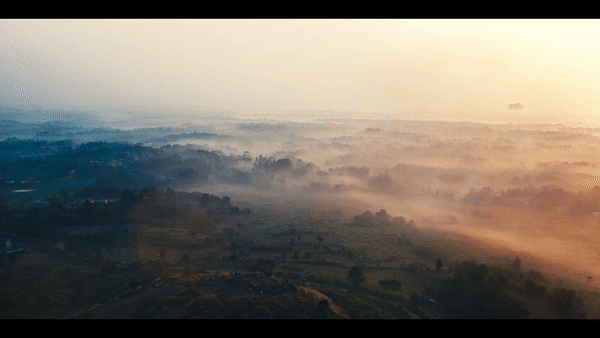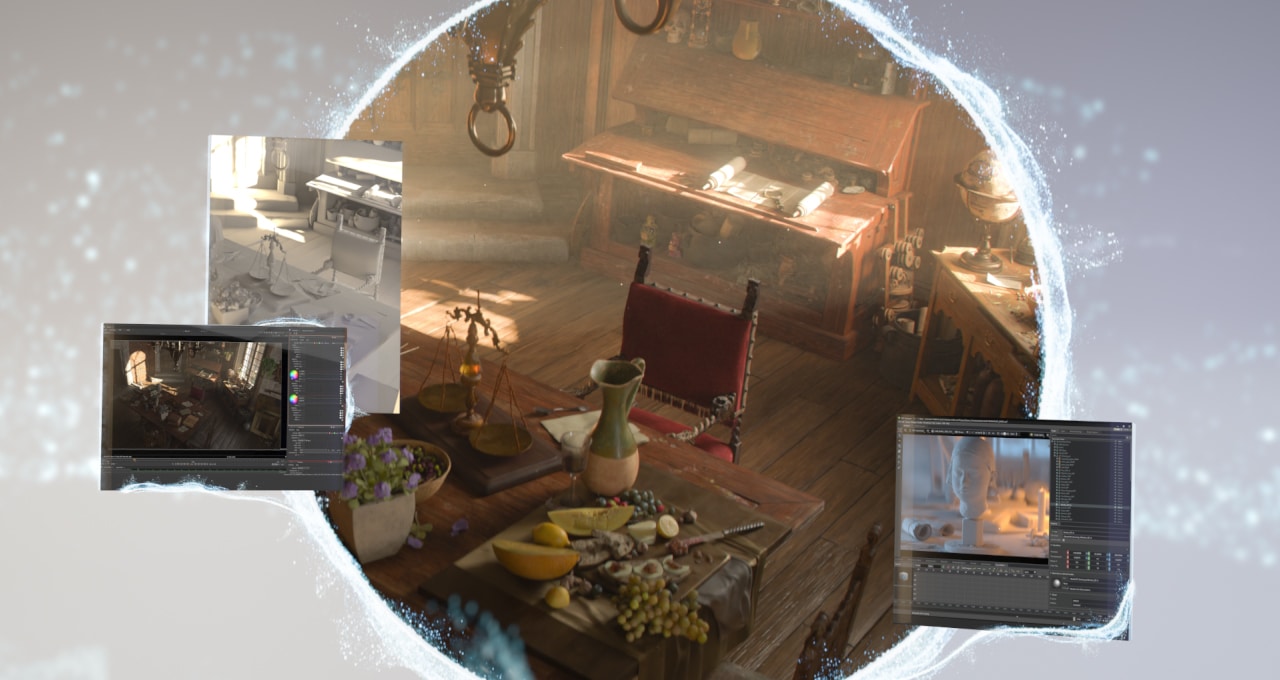Editor’s note: This post is part of Into the Omniverse, a series focused on how artists, developers and enterprises can transform their workflows using the latest advances in OpenUSD and NVIDIA Omniverse.
3D designers and creators are embracing Universal Scene Description, aka OpenUSD, to transform their workflows.
Creative software company Foundry’s latest release of Nuke, a powerful compositing tool for visual effects (VFX), is bringing increased support for OpenUSD, a framework that provides a unified and extensible ecosystem for describing, composing, simulating and collaborating within 3D worlds.
With advanced compositing and improved interoperability capabilities, artists are showcasing the immense potential of Nuke and OpenUSD for visual storytelling.
Register for NVIDIA GTC, which takes place March 17-21, to hear how leading companies are using the latest innovations in AI and graphics. Join OpenUSD Day to learn how to build generative AI-enabled 3D pipelines and tools using Universal Scene Description.
Bringing 3D Visions to Life With Nuke and OpenUSD
YouTuber Jacob Zirkle is one such 3D artist.
Inspired by his 10th watch through the Star Wars films, Zirkle wanted to create a sci-fi ship of his own. He first combined computer graphics elements in Blender and Unreal Engine before using USD to bring the scene into Nuke for compositing.
 Zirkle’s ship, built using Blender, Nuke, Unreal Engine and USD Composer.
Zirkle’s ship, built using Blender, Nuke, Unreal Engine and USD Composer.
OpenUSD was the glue that held his workflow together.
“Usually, I have to deal with multiple, varying file types in my VFX pipeline, and as soon as something gets updated, it can be a real pain to apply the change across the board,” Zirkle said. “But because I was using the same OpenUSD file for all of my programs, I could save the file once, and changes get automatically propagated through the pipeline — saving me a ton of time.”

Edward McEvenue, an associate creative director at NVIDIA, is using OpenUSD and Nuke to create his short film with the working title: “Dare to Dream.”
Through the project, McEvenue hopes to visualize aspects of automated manufacturing. He uses Autodesk 3ds Max and SideFX Houdini for 3D scene creation, Chaos V-Ray for rendering arbitrary output variables and extended dynamic range sequences, and Nuke for compositing elements for final renders.

OpenUSD helps streamline data transfer between applications, speeding the iteration process. “Nuke’s USD capabilities allow me to seamlessly transition 3D assets between digital content-creation apps, providing a powerful tool for achieving advanced compositing techniques,” he said.
Other NVIDIA creatives have integrated OpenUSD and Nuke into their 3D workflows. A team of 10 artists developed a fully OpenUSD-based pipeline and custom tooling on NVIDIA Omniverse — a development platform for building OpenUSD-based tools and applications — to bring to life the “Da Vinci Workshop,” a project to inspire greater OpenUSD use among pipeline developers.
The artists also used Adobe Substance Painter, Autodesk 3ds Max, Autodesk Maya, DaVinci Resolve, SideFX Houdini, Pixelogic Zbrush and Omniverse USD Composer. OpenUSD served as the backbone of the team’s internal pipeline, offering the flexibility needed to collaborate across applications with ease.
The “Da Vinci Workshop” OpenUSD dataset is now available to download — free for developers and artists.
Foundry Nuke representatives, Omniverse community members and the NVIDIA creative team recently joined a livestream to discuss their 3D workflows and the impact of OpenUSD. Learn more by watching the replay:
Powering Digital Workflows With OpenUSD
The 15.0 and 14.1 updates to Nuke bring significant workflow enhancements to those working with OpenUSD.
The updated GeoMerge node now offers four new modes: Merge Layers, Duplicate Prims, Flatten Layers and Flatten to Single Layer. These give users greater control over geometry and OpenUSD layers, allowing for quick merging of complex structures, the duplication of workflows and more effective layer management.
The OpenUSD-based 3D system introduced in Nuke 14.0 enables users to handle large, intricate scenes with greater ease. And the new Scene Graph Popup feature in Nuke 15.0 allows users to easily filter through 3D scene data, reducing time and energy needed to spend searching for specific assets.
In addition, the main 3D scene graph now includes a search and filter feature, simplifying workspace navigation.
Foundry is also embracing OpenUSD across its other products, including the latest updates to Katana 7.0, which boost pipeline efficiency by integrating USD-native workflows already aligned with Nuke’s 3D system architecture.
Get Plugged In to the World of OpenUSD
NVIDIA and Foundry are both members of the Alliance for OpenUSD (AOUSD), an organization dedicated to an open-source future using the powerful framework. To learn more, explore the AOUSD forum and check out these resources on OpenUSD.
Share your Nuke and Omniverse work as part of the latest community #WinterArtChallenge. Use the hashtag for a chance to be featured on the @NVIDIAStudio and @NVIDIAOmniverse social channels.
Winter has returned and so has our #WinterArtChallenge! ❄️🎿⛄
Share your winter-themed art (like this incredible one created on an RTX GPU by @rafianimates) using the hashtag for a chance to be featured on our social channels! 🙌
We can't wait to see what you create! ⛷️ pic.twitter.com/Ml4cUAUgW3
— NVIDIA Studio (@NVIDIAStudio) December 4, 2023
Get started with NVIDIA Omniverse by downloading the standard license free, access OpenUSD resources, and learn how Omniverse Enterprise can connect your team. Stay up to date on Instagram, Medium and Twitter. For more, join the Omniverse community on the forums, Discord server, Twitch and YouTube channels.
